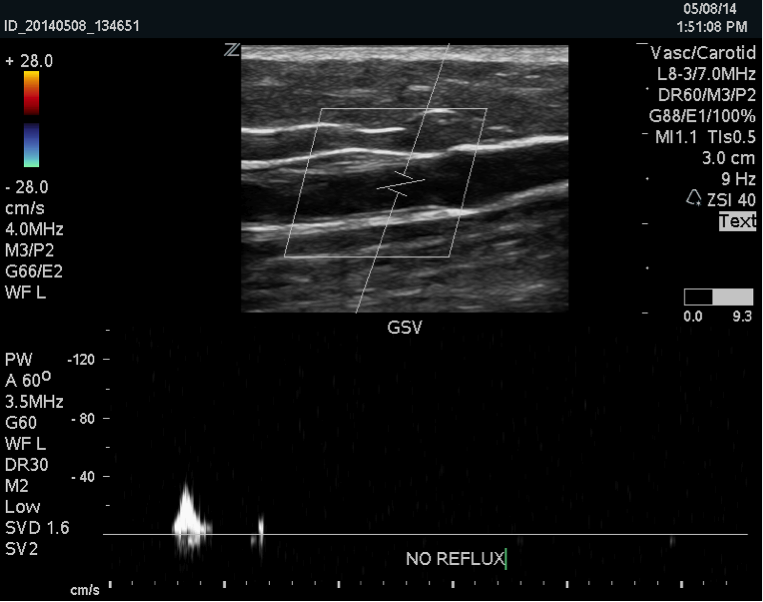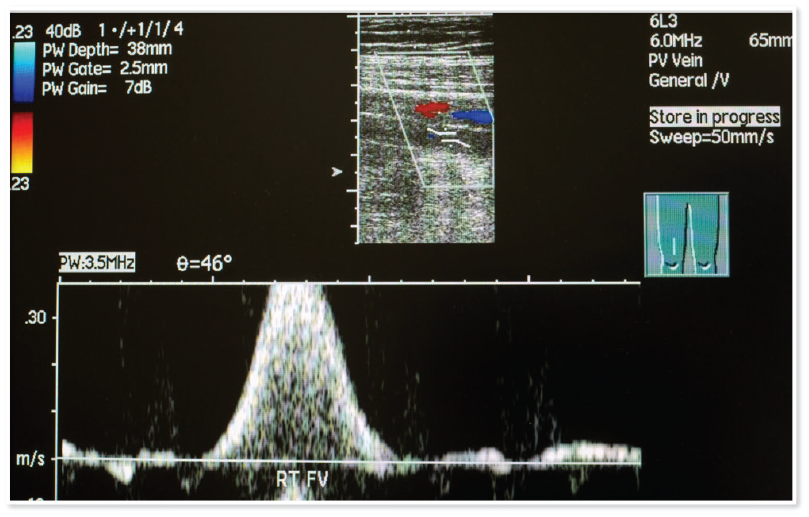Why Do My Varicose Veins Hurt in Warm Weather?
Today, San Diegans experienced an unseasonable heat wave and gusty winds. Many people with varicose veins may notice worsening leg pain today or with warm weather and heat in general.
The reason for this is that heat causes veins to expand and trap more blood. In unhealthy veins, such as varicose veins, the walls are weak […]
Dr. Fronek Hosts PBS Special On Vein Care
Watch La Jolla Vein Care’s Dr. Fronek on PBS’s special on vein care, ‘Ask A Vein Expert- A Phlebologist’ to learn more about venous disease. More than 80 million Americans suffer from some type of vein disorder. More than 30 million people are undiagnosed with varicose veins or venous insufficiency. […]
Boston Marathon Winner Finishes in Compression Socks
The first American man to win the Boston Marathon since 1983 crossed the finish line last week. Meb Keflezighi, 38 , won the men’s division while wearing CEP compression, a line of Mediven medical compression stockings. Meb has been publicly wearing CEP compression socks for years, including as the US Olympic marathon runner.
How To Reduce Your Risk of DVT During Air Travel
A deep vein thrombosis (DVT) is a blood clot that develops in the deep veins of the legs. If it travels to the heart and lungs (pulmonary embolism), it can be fatal. Blood clots, (DVTs) are a serious condition and occur in 1% of airline passengers in long haul flights greater than 8 hours. On […]
What is the Relationship Between Leg Cramps and Venous Disease?
Leg cramps occurring at night (nocturnal leg cramps) are a common symptom of venous disease. In fact, in the San Diego Population Study, leg cramps were the second most common symptom in people with the venous disease with a prevalence of 14.3%. Leg aching (17.7%) was the most common complaint and tired and swollen […]
Before and After Photos: Spider Vein Treatment
This patient recently asked us to post his ‘before and after photos of his spider veins on the inner ankle (medial malleolus) following treatment here at La Jolla Vein Care. He is a 62-year-old gentleman whose wife found the appearance of these unsightly veins a nuisance and they also caused itching. As a result, he […]
Does Insurance Cover Varicose Vein Removal?
Vein procedures are generally a covered benefit by most insurance types (including Medicare) if they are considered medically necessary. Medical necessity requirements varies by the individual policy, but in general the varicose veins must cause symptoms such as leg pain, heaviness, fatigue, aching, restless legs, swelling or skin changes such as darkening of the skin around […]






